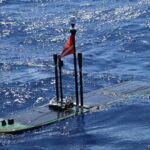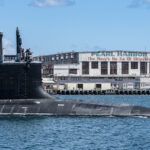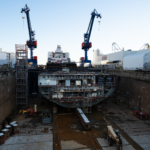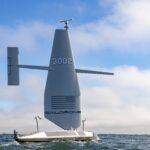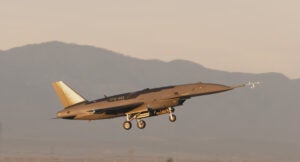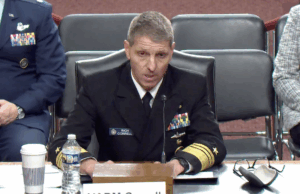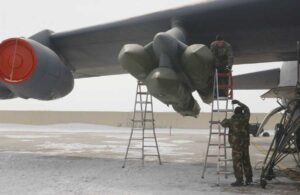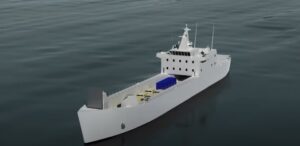
SAN DIEGO– A top Marine Corps official here this week dismissed concerns the services new Medium Landing Ships (LSM), formerly called the Light Amphibious Warship (LAW), are not survivable enough, arguing there is always a balance. “Survivability is a discussion that I have all the time. Survivability is not binary. It's not black or white, yes or no, zero or one. Things are made more survivable when you add resources to make their movements more secure. Nothing in and of…

 By
By 